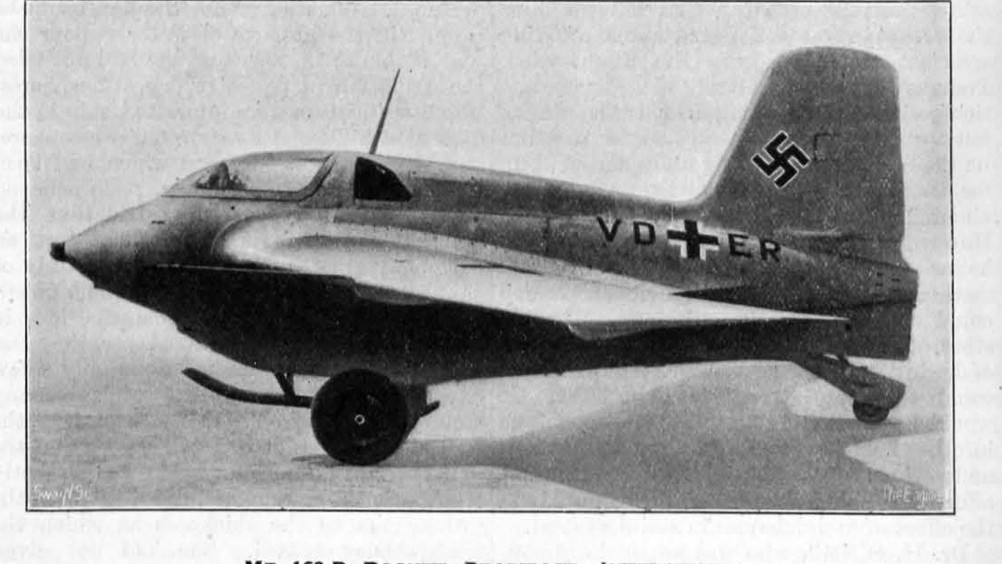September 1945: Why the Luftwaffe failed to secure air superiority in WWII
A lack of orthodox aircraft saw the Luftwaffe fall short in its challenge for WWII air superiority

At the start of the Battle of Britain in July 1940, Germany’s Luftwaffe had 1,100 Messerschmitt 109 fighter aircraft at its disposal and 2,550 at its height compared to 749 fighter aircraft available to the RAF.
By the end of the battle in October, the Luftwaffe had lost 650 109s despite being acknowledged as superior to the RAFs Hurricanes and equal to the Spitfire.
Despite this, the 109 and Focke-Wulf 190, the other mainstay of the Luftwaffe’s single-seater fighter fleet, failed to gain air superiority from Britain and its allies. The introduction of the jet-powered Messerschmitt Me 262 in 1944 did little to boost the German war effort and in September 1945 The Engineer reflected on what went wrong for the Luftwaffe, looking first at its single-seat fighter planes.
“It is a significant fact that apart from the jet-propelled type, the Germans used only two basic designs of single-seat fighter, whereas the Allies employed at least a dozen,” said The Engineer. “Standardisation of these two types (Me.109 and Fw.190) was an excellent thing from the view point of production and maintenance, but meant that to offset the progressive modernisation of the Spitfire and the introduction by the Allies of new fighter types, ceaseless improvement was imperative.”
Register now to continue reading
Thanks for visiting The Engineer. You’ve now reached your monthly limit of premium content. Register for free to unlock unlimited access to all of our premium content, as well as the latest technology news, industry opinion and special reports.
Benefits of registering
-
In-depth insights and coverage of key emerging trends
-
Unrestricted access to special reports throughout the year
-
Daily technology news delivered straight to your inbox










Water Sector Talent Exodus Could Cripple The Sector
Maybe if things are essential for the running of a country and we want to pay a fair price we should be running these utilities on a not for profit...